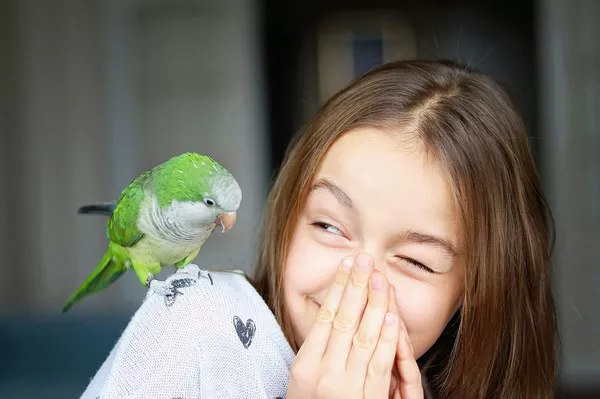Turtles, with their slow and deliberate movements, have unique perceptions and preferences when it comes to their surroundings. While turtles may not possess the same depth of color vision as humans, they can still perceive and respond to various colors in their environment. In this comprehensive guide, we will explore what colors turtles do not like and how understanding their color preferences can benefit their well-being in captivity.
1. Turtle Color Vision
Turtles have a relatively limited color vision compared to humans. They are most sensitive to the blue and green regions of the spectrum, while they perceive reds and oranges as shades of gray or black. This means that they might not discern certain colors as vividly as others. However, despite their limited color vision, turtles are known to react to certain colors, which can influence their behavior and overall well-being.
2. Colors Turtles May Not Prefer
While there is no conclusive evidence to suggest that turtles have strong aversions to specific colors, certain colors may have subtle effects on their behavior or mood. These color preferences can vary among individual turtles and species, but here are some considerations:
a. Bright and Flashy Colors:
Turtles tend to prefer subdued, natural colors in their environment. Bright and flashy colors, such as neon hues or highly contrasting patterns, may potentially cause stress or discomfort for turtles. This is especially important to consider when decorating their enclosure or habitat.
b. Red and Orange:
As mentioned earlier, turtles perceive reds and oranges as shades of gray or black. While these colors may not necessarily be disliked, they might not have a significant impact on turtles due to their limited color vision.
c. Avoid Overly Vibrant Decor:
In captivity, it’s essential to create a habitat that mimics the natural environment of the turtle‘s species. This typically involves using earthy tones, greens, and subdued colors for decorations, substrate, and enclosure furnishings. Avoiding excessively vibrant and unnatural colors can help provide a more comfortable environment for pet turtles.
3. Effects of Colors on Behavior
While the color preferences of turtles may not be well-documented, certain colors can affect their behavior or reactions. Here are a few examples:
a. Camouflage and Stress:
Turtles often use their environment to hide and camouflage themselves. Placing them in environments with bright, contrasting colors or patterns can disrupt their natural camouflage and potentially cause stress. This is particularly relevant for wild turtles kept in captivity.
b. Feeding Responses:
Turtles may associate certain colors with food. For example, they may respond to the color green as it resembles leafy vegetation, a common part of their diet. This could explain why some turtles show interest in green-colored objects or food items.
c. Attracting Attention:
Turtles are not typically attracted to flashy or vibrant colors. Using subdued colors in their habitat can create a more calming and natural environment, which is beneficial for their overall well-being.
4. Creating a Comfortable Habitat
When caring for pet turtles or rehabilitating wild turtles, it’s crucial to prioritize their comfort and well-being. Here are some tips for creating a habitat that considers their color preferences:
a. Natural Decorations:
Choose decorations and substrate that mimic the natural environment of the turtle’s species. This often involves using earthy tones, greens, and natural textures like rocks and logs.
b. Avoid Neon or Flashy Accessories:
Minimize the use of neon or overly vibrant accessories in the turtle’s enclosure. Instead, opt for subdued and natural colors that blend well with their surroundings.
c. Provide Hiding Spots:
Turtles appreciate hiding spots in their habitat. These should be designed to match the overall color scheme of the enclosure to provide a sense of security.
d. Monitor Behavior:
Pay attention to your turtle’s behavior and reactions to different colors in their environment. If you notice signs of stress or discomfort, consider making adjustments to their habitat.
Conclusion
While turtles may not have strong aversions to specific colors, it’s essential to create a habitat that prioritizes their comfort and well-being. Turtles thrive in environments that mimic their natural surroundings, which often involve subdued and natural colors. Understanding their limited color vision and taking steps to provide them with a calming and visually pleasing habitat can contribute to the overall health and happiness of pet turtles or those in rehabilitation. Ultimately, creating a comfortable and stress-free environment should be the primary goal when considering the colors in a turtle’s habitat.
Recommended reading:

























